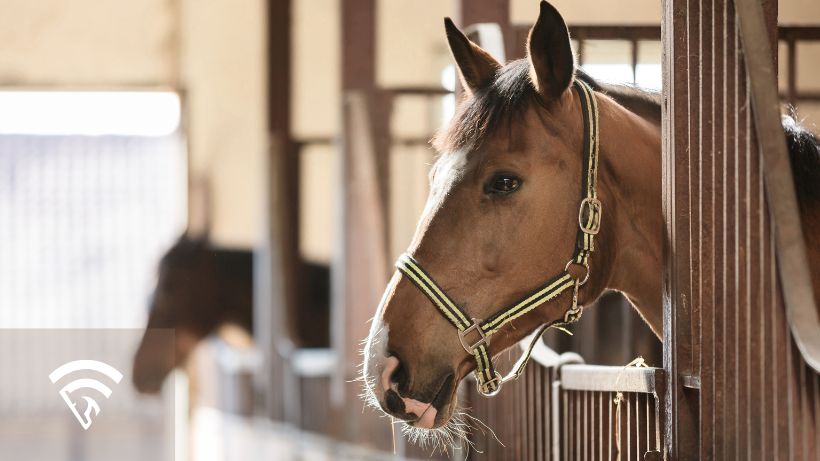What is Barn Form?
Barn form (also called trainer form or stable form) is the current streak, positive or negative, of a trainer’s entire operation. Instead of looking at a single horse in isolation, barn form asks: How are this trainer’s horses performing overall right now? A “hot” barn is sending out runners that are winning or hitting the board at an above‑average clip, while a “cold” barn’s horses are under‑achieving relative to their long‑term baseline.
Why Barn Form Matters to Handicappers
-
Shared conditioning routines Horses from the same shedrow often share workout schedules, feed programs, and recovery therapies. When those methods click, multiple runners improve simultaneously.
-
Rider confidence and chemistry Jockeys stick with barns that fire. A confident pilot will give an in‑form trainer’s mount an aggressive, mistake‑free ride.
-
Hidden health insights A virus or minor bug in the barn can quietly knock multiple horses off form. Spotting a cold spell can flag unseen issues before the tote adjusts.
-
Betting value shifts Public money gravitates toward hot trainers, shortening prices—but they still produce overlays on lesser‑known circuits. Conversely, cold barns drift in odds, sometimes creating bargains when form finally turns.
How to Evaluate Barn Form
- Recent win percentage – Compare the trainer’s last 14–45 days to their one‑year average. A spike (e.g., 28 % vs. 15 %) signals a hot spell; a dip indicates chill.
- In‑the‑money (ITM) rate – Even if wins aren’t piling up, an uptick in top‑three finishes shows horses are competitive and a win may be imminent.
- Return on Investment (ROI) – Positive flat‑bet ROI in the short term means the barn is outrunning public expectations.
- Work‑tab patterns – Multiple bullet works or sharper times across several horses hint that the entire outfit is thriving.
- Shipping success – Horses shipping into new circuits and firing immediately highlight portable good form.
- Equipment tweaks hitting – When blinkers‑on or distance changes work for several stablemates, the trainer’s read on each horse is dialed in.
Hot Barn Indicators
- Two or more wins from limited starters in the last week.
- Horses improving speed figures by 5+ points off recent efforts.
- Consistent late money in the wagering (public sensing something).
- Same jockey‑trainer combo winning multiple races in quick succession.
Cold Barn Red Flags
- Double‑digit losing streak over several weeks.
- Horses fading late despite ideal trips.
- Scratches for “sick” or “lame” reasons appearing more frequently.
- Stable ROI plunging into steep negative territory despite normal class placement.
Handicapping Strategies
- Upgrade borderline contenders from a hot barn—small form jumps can push them over the top.
- Downgrade favorites from a cold barn unless stronger angles (pace, class drop) compensate.
- Watch for barn‑turnaround clues like a sharp bullet work or a near‑miss runner‑up; the next starters may pop at a price.
- Track circuit changes—if a trainer heats up at their home track, that momentum can follow to regional stakes.
Limitations & Cautions
- Hot streaks fade; don’t chase plunging odds blindly.
- Barn form interacts with class moves, surface changes, and distance shifts—weight all factors together.
- Small sample sizes (one surprise winner) can create false “hot” readings—look for consistency across multiple starters.
Want sharper insights into live trainer trends and dozens of other performance angles? Sign up for EquinEdge to harness AI‑powered handicapping tools that surface actionable data in seconds.
